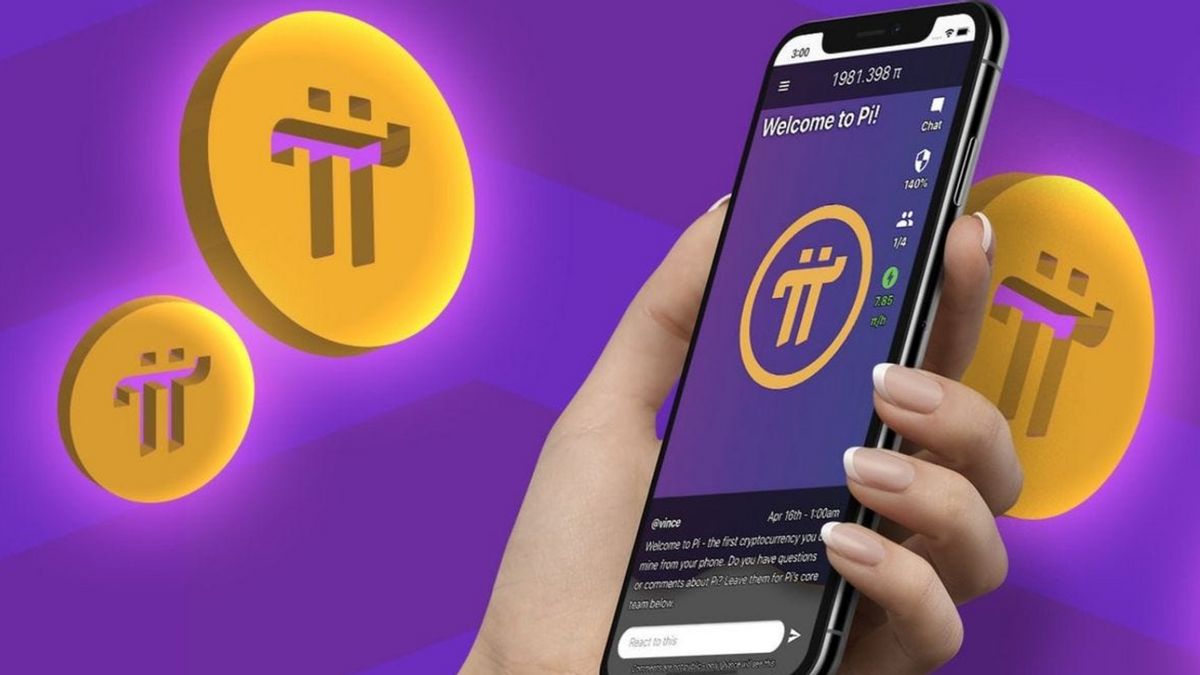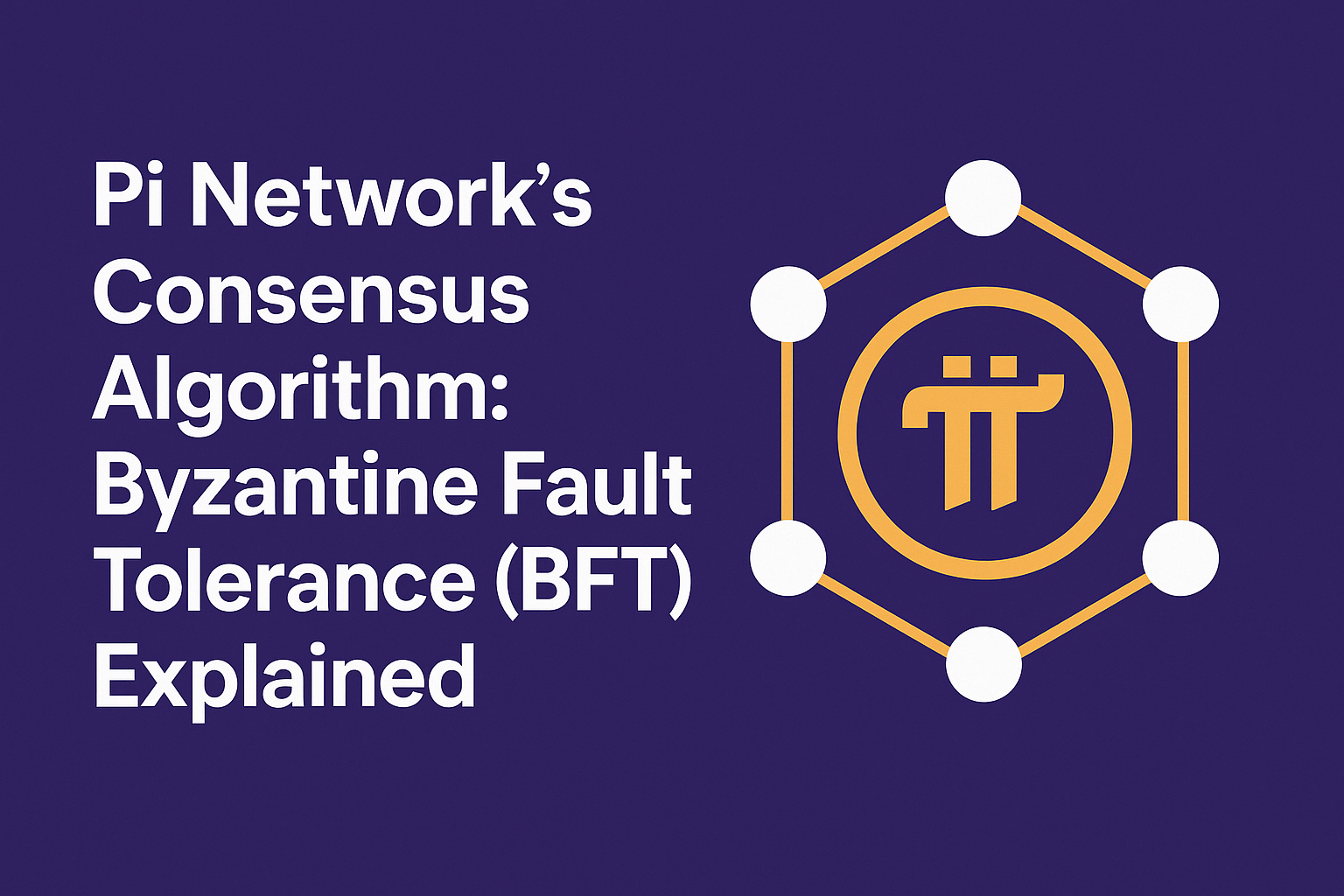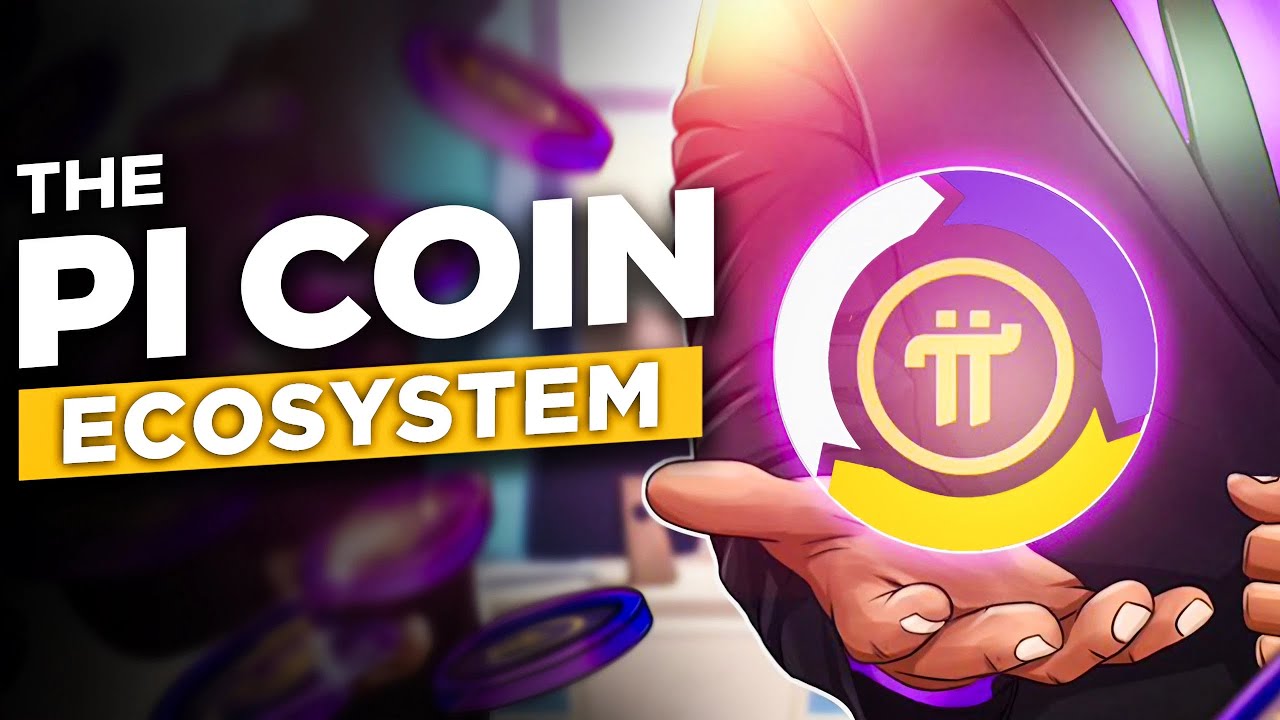Pi Network’s Mining Mechanism Explained: A Revolutionary Approach to Mobile Cryptocurrency Mining
The rise of cryptocurrencies has redefined the way we perceive financial systems and digital ownership. Bitcoin, the pioneer of crypto, introduced the concept of mining using the Proof of Work (PoW) consensus mechanism, which requires immense computational power and energy. But what if you could mine a cryptocurrency from your mobile phone, without draining your battery or consuming vast amounts of electricity?
Enter Pi Network, a unique cryptocurrency project founded by Stanford graduates, which aims to decentralize mining by enabling it on smartphones. In this article, we dive deep into how Pi Network’s mining mechanism works, how it differs from traditional mining, and why it could be a game changer in the world of digital finance.
What is Pi Network? A Quick Overview
Before we delve into the mining mechanism, it’s essential to understand what Pi Network is.
- Launched in 2019, Pi Network is a mobile-first cryptocurrency project developed by Dr. Nicolas Kokkalis, Dr. Chengdiao Fan, and Vincent McPhillip.
- The goal is to create a decentralized, user-friendly, and energy-efficient cryptocurrency accessible to everyone.
- It has grown to over 40 million engaged users, known as Pioneers, who mine Pi using a mobile app.
Now, let’s look at how Pi mining actually works.
The Basics of Pi Mining
Pi Network’s mining is completely different from the traditional PoW mining used by Bitcoin and other older cryptocurrencies.
✅ No Power-Hungry Algorithms
Pi does not use mining rigs, GPUs, or ASICs. Instead, it uses a unique consensus algorithm called the Stellar Consensus Protocol (SCP), adapted for the Pi ecosystem.
✅ No Battery Drain
Mining Pi on your phone does not consume extra power or data. You simply press a button once every 24 hours, and your mining rate is determined by your contribution to the network.
✅ Mobile-Friendly
The entire mining process happens on the Pi Network app, available on Android and iOS. This makes Pi mining accessible to anyone with a smartphone.
How Does Pi Network’s Mining Mechanism Work?
🔹 1. Stellar Consensus Protocol (SCP)
Pi’s mining system is built upon an adaptation of the Stellar Consensus Protocol, which was originally designed for the Stellar (XLM) blockchain.
Key Points of SCP:
- SCP uses federated Byzantine agreement (FBA) to achieve consensus.
- It doesn’t rely on solving complex mathematical problems (unlike PoW).
- Instead, it uses a trust graph built by individual users to validate transactions and secure the network.
In Pi Network, the SCP is tailored to run efficiently even on low-power devices like smartphones.
🔹 2. Security Circles
Security Circles are the heart of Pi Network’s mining mechanism.
What are Security Circles?
- A Security Circle is a group of 3 to 5 trusted individuals within your network whom you vouch for as genuine participants.
- These circles help build a web of trust that prevents fraudulent behavior and fake accounts.
Why Security Circles Matter?
- Pi’s protocol uses these circles to verify transactions.
- By overlapping and interconnecting, Security Circles form a decentralized consensus layer that’s extremely hard to attack.
This system removes the need for energy-intensive proof-of-work computations and allows trust to be built socially.
🔹 3. Roles in Pi Network
There are four types of participants, and each plays a role in mining and maintaining network security:
1. Pioneer
- A regular user who mines Pi by opening the app once every 24 hours and tapping the lightning icon.
- Their main task is daily engagement.
2. Contributor
- A Pioneer who builds their Security Circle by inviting 3–5 trusted users.
- Contributors help strengthen network security and increase mining rate.
3. Ambassador
- A user who invites others to join Pi Network using their referral code.
- They receive a 10–25% bonus mining rate for each active invite.
4. Node
- Advanced users who run Pi’s desktop software and participate in actual blockchain consensus.
- These users play a similar role to Bitcoin miners but without high energy use.
Currently, only selected users are testing the Pi Nodes, which will become more important as Pi moves to full Mainnet decentralization.
Mining Rate: How It’s Calculated
Your Pi mining rate depends on a few key factors:
✅ Base Rate
- Everyone starts with a fixed base mining rate (e.g., 0.1 Pi/hour).
- This rate decreases over time as the total number of users grows.
✅ Security Circle Bonus
- By adding trusted users, you earn a bonus that increases your mining rate.
✅ Referral Bonus
- Each active user you refer contributes to your mining rate.
✅ Ecosystem Engagement
- Pi aims to reward users who contribute meaningfully to the ecosystem—such as running a Node, validating data, or creating apps.
❗Halving Events
- Like Bitcoin, Pi undergoes halving events, where the mining rate is reduced as milestones are hit (e.g., every 10 million new users).
Is Pi Mining Really Mining?
Some critics argue that since Pi doesn’t use real computational power, it’s not real mining.
But let’s clarify:
- In PoW, mining secures the network through energy and computation.
- In Pi, mining secures the network through trust and human validation.
Thus, Pi replaces computational work with social consensus—a different but legitimate form of decentralized security.
Comparison: Pi Mining vs Bitcoin Mining
| Feature | Bitcoin | Pi Network |
|---|---|---|
| Mining Mechanism | Proof of Work (PoW) | Stellar Consensus Protocol (SCP) |
| Hardware Required | ASIC/GPU | Smartphone |
| Energy Consumption | Very High | Very Low |
| Accessibility | Limited (due to cost) | Global (any smartphone) |
| Decentralization | Via miners | Via trust circles and nodes |
| Mining Cost | High | Free |
| Network Maturity | Fully operational | In progress (Mainnet live, ecosystem developing) |
Future of Pi Mining
As of now, Pi is in its Enclosed Mainnet phase—users can use Pi within a contained ecosystem, but it’s not fully transferable yet. Once it enters the Open Mainnet phase, Pi will be publicly tradeable, and the role of nodes and consensus will become more critical.
In the future, mining Pi may involve:
- Running light-weight smart contracts
- Validating transactions via mobile or desktop
- Participating in decentralized governance
Is Pi Mining Worth It?
Here are some reasons why mining Pi might be worth your time:
- ✅ No risk or cost involved
- ✅ Potential future value once Pi is fully listed
- ✅ You’re participating in building a decentralized economy
- ✅ It’s easy and takes less than 5 seconds a day
While no one can guarantee the value of Pi in the future, early adopters of technologies often benefit the most if the project succeeds.
Conclusion
Pi Network’s mining mechanism represents a new era of crypto—one where everyone can participate, regardless of technical skill or economic power. By leveraging trust-based consensus and mobile-first engagement, Pi Network has redefined what it means to “mine” cryptocurrency.
It removes energy waste, opens the door to billions of mobile users, and provides an inclusive path toward decentralized finance. While the project is still evolving, its unique mining model offers a glimpse into the future of accessible blockchain innovation.
So, if you’re curious about crypto but don’t have the gear to mine Bitcoin, Pi Network might be the easiest way to get started—just by tapping your phone once a day.




